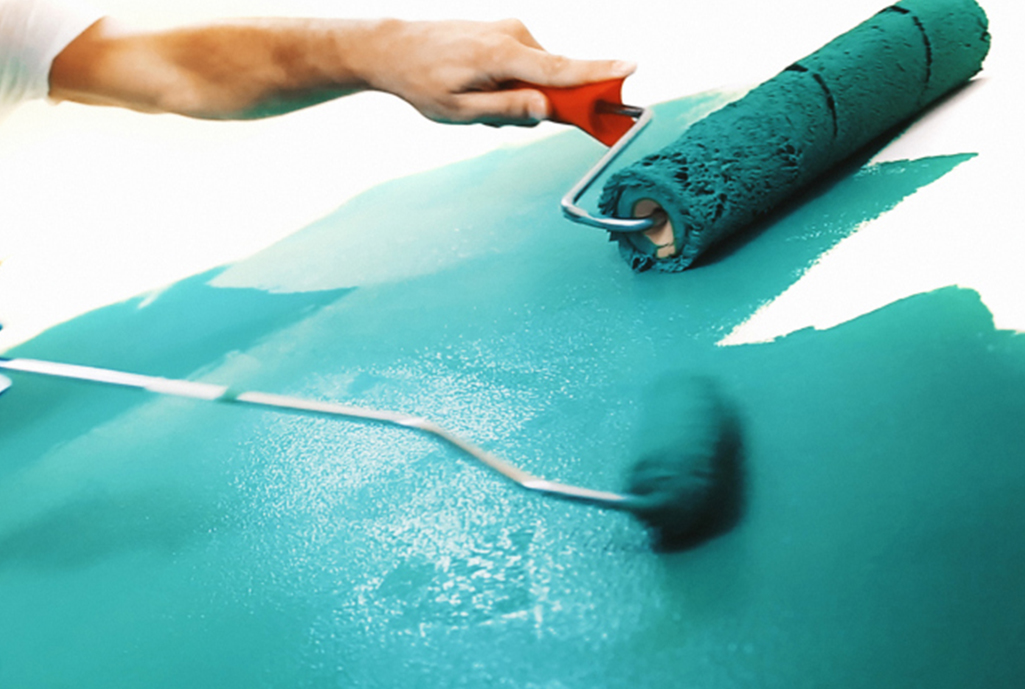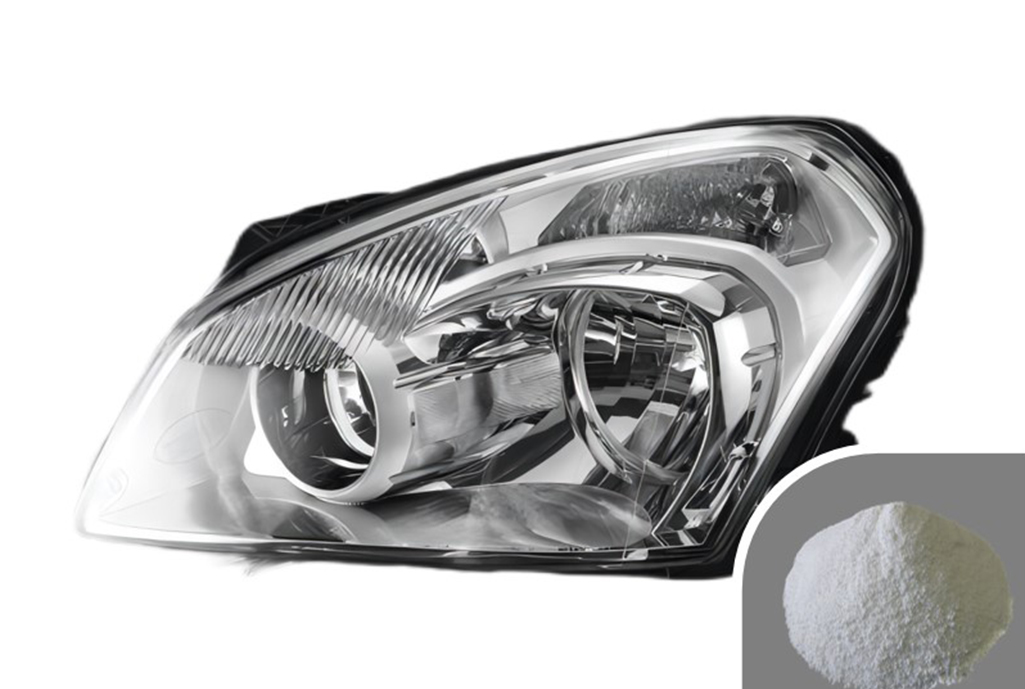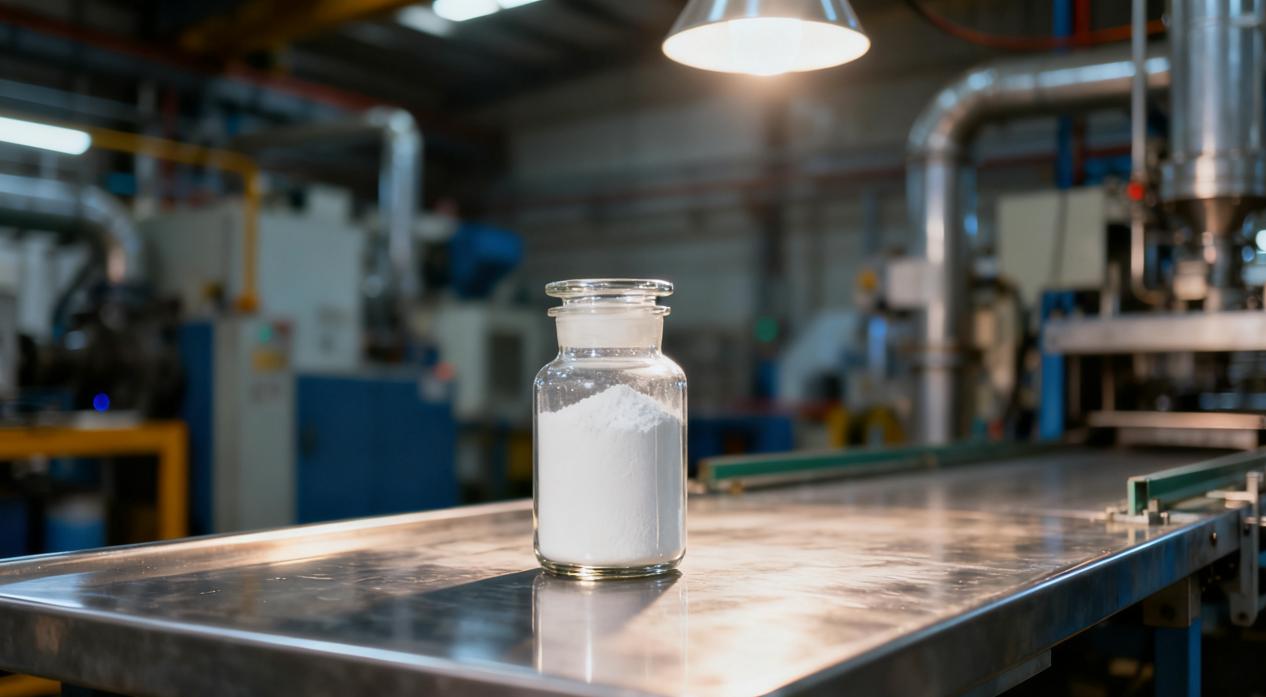PP functional additives definition
2025-09-17
PP functional additives are specialized chemical compounds or formulations that are blended with polypropylene (PP) polymers to modify, enhance, and protect their physical, mechanical, and processing properties. Unlike general-purpose fillers that primarily add bulk, these additives are designed to impart specific, high-value functions to the final plastic product. They are the key to transforming commodity-grade polypropylene into a high-performance material capable of meeting the rigorous demands of modern applications, from automotive parts and electronics to medical devices and packaging.
The Role of Functional Additives in Polymer Science
In the world of polymer chemistry, raw polypropylene offers a strong foundation, but it often lacks the specific properties required for a given end-use. For example, while PP is lightweight and durable, it's inherently vulnerable to UV radiation, oxidation, and static electricity. This is where PP functional additives become essential.
These additives work at a molecular level, either by reacting with the polymer chains or by physically embedding themselves within the polymer matrix. Their primary purpose is to address the inherent limitations of the base resin, ensuring the finished product can perform reliably throughout its intended service life. Without the right additives, a PP product might become brittle, discolored, or lose its structural integrity over time.
Key Categories and Their Functions
The term PP functional additives encompasses a wide range of chemical types, each serving a distinct purpose. Here are some of the most common categories:
1. Processing and Modifying Additives
These additives improve the way PP is handled during manufacturing. They are critical for achieving high-quality parts efficiently.
-
Rheology Modifiers: These agents, like peroxides, adjust the melt flow rate of PP. They make the polymer easier to mold or extrude, which is crucial for complex or thin-walled parts.
-
Nucleating and Clarifying Agents: Nucleating agents accelerate the crystallization process of PP, reducing cycle times and increasing stiffness. Clarifiers, a specific type of nucleating agent, improve the transparency of PP, making it suitable for clear containers and packaging.

2. Durability and Protection Additives
These are designed to protect the polymer from environmental degradation, extending the product's lifespan.
-
UV Stabilizers: Polypropylene is susceptible to degradation from sunlight, which can lead to chalking and brittleness. UV stabilizers absorb or screen out harmful UV radiation, preserving the material's color and strength.
-
Antioxidants: During processing and throughout its life, PP is exposed to heat and oxygen, which can cause it to degrade. Antioxidants scavenge free radicals, preventing this oxidative breakdown and maintaining the material's properties.
-
Flame Retardants: For applications requiring fire resistance, such as electronics or automotive components, flame retardants are added to inhibit ignition and prevent the spread of fire.
3. Surface and Aesthetic Additives
These additives improve the surface characteristics and appearance of the final product.
-
Anti-static Agents: By making the surface of the plastic more conductive, anti-static agents prevent the buildup of static electricity, which can attract dust and cause electrical interference.
-
Slip and Anti-blocking Agents: Used primarily in films and sheets, slip agents reduce the friction between layers, making them easier to handle and process. Anti-blocking agents prevent layers from sticking together.
Why the Right Choice Matters
Selecting the correct PP functional additives is not a one-size-fits-all process. The choice depends on the specific processing method (e.g., injection molding, extrusion), the intended application, and the required end-product properties. For instance, a food-contact application will require FDA-approved additives, while an outdoor furniture component will need robust UV and antioxidant packages.
In essence, PP functional additives are the secret ingredients that empower engineers and manufacturers to push the boundaries of polypropylene’s capabilities, creating products that are safer, more durable, and more effective in our daily lives. They represent a critical intersection of polymer science and materials engineering, ensuring that polypropylene remains one of the most versatile and widely used plastics in the world.




















